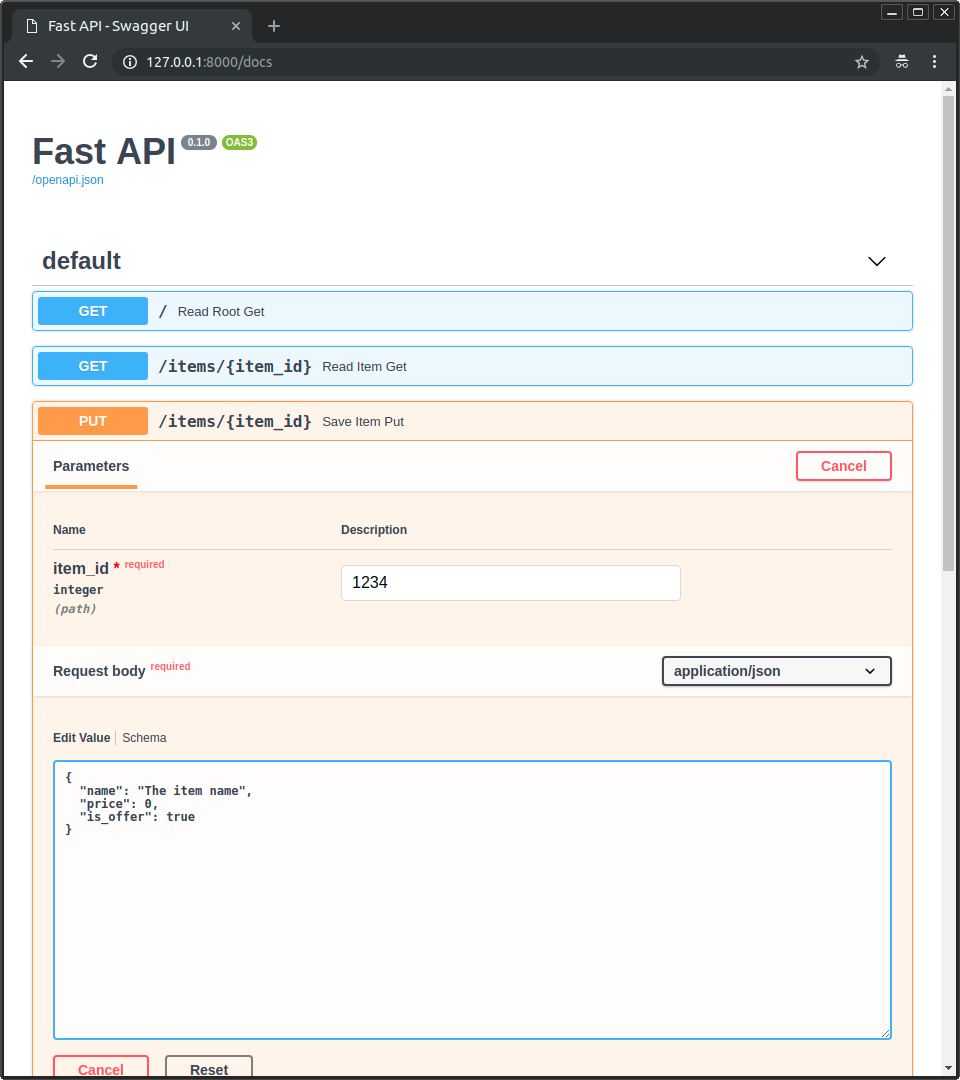- Sort Score
- Result 10 results
- Languages All
Results 1 - 10 of 14 for allowed (0.16 sec)
-
docs/distributed/CONFIG.md
MinIO server configuration file allows users to provide topology that allows for heterogeneous hostnames, allowing MinIO to deployed in pre-existing environments without any further OS level configurations. ### Usage ```
Plain Text - Registered: Sun May 05 19:28:20 GMT 2024 - Last Modified: Fri May 03 15:54:03 GMT 2024 - 4.2K bytes - Viewed (0) -
cni/README.md
- "sidecar.istio.io/status" exists ### Redirect API The annotation based control is currently only supported in 'sidecar' mode. See plugin/redirect.go for details. - redirectMode allows TPROXY may to be set, required envoy has extra permissions. Default is redirect. - includeIPCidr, excludeIPCidr - includeInboudPorts, excludeInboundPorts - includeOutboutPorts, excludeOutboundPorts - excludeInterfaces
Plain Text - Registered: Wed May 08 22:53:08 GMT 2024 - Last Modified: Fri May 03 19:29:42 GMT 2024 - 12.3K bytes - Viewed (0) -
docs/en/docs/features.md
* Use of hierarchical Pydantic models, Python `typing`’s `List` and `Dict`, etc. * And validators allow complex data schemas to be clearly and easily defined, checked and documented as JSON Schema. * You can have deeply **nested JSON** objects and have them all validated and annotated. * **Extensible**: * Pydantic allows custom data types to be defined or you can extend validation with methods on a model decorated with the validator decorator.Plain Text - Registered: Sun May 05 07:19:11 GMT 2024 - Last Modified: Thu May 02 22:37:31 GMT 2024 - 9.3K bytes - Viewed (0) -
README.md
* The interactive API documentation will be automatically updated, including the new body:  * Click on the button "Try it out", it allows you to fill the parameters and directly interact with the API: 
Plain Text - Registered: Sun May 05 07:19:11 GMT 2024 - Last Modified: Thu May 02 22:37:31 GMT 2024 - 22.6K bytes - Viewed (0) -
architecture/runtimes.md
- Tooling API client. This a library that is embedded into applications, such as IDEs or CI agents, that allows them to act as a Gradle client. - Worker processes. Long-running daemon processes that the Gradle daemon starts to run specific kinds of work, such as compilation or test execution.
Plain Text - Registered: Wed May 08 11:36:15 GMT 2024 - Last Modified: Thu May 02 06:42:46 GMT 2024 - 2.3K bytes - Viewed (0) -
docs/en/docs/advanced/openapi-callbacks.md
## An app with callbacks Let's see all this with an example. Imagine you develop an app that allows creating invoices. These invoices will have an `id`, `title` (optional), `customer`, and `total`. The user of your API (an external developer) will create an invoice in your API with a POST request.
Plain Text - Registered: Sun May 05 07:19:11 GMT 2024 - Last Modified: Thu May 02 22:37:31 GMT 2024 - 7.7K bytes - Viewed (0) -
docs/en/docs/release-notes.md
* PR [#243](https://github.com/tiangolo/fastapi/pull/243). * Add OAuth2 redirect page for Swagger UI. This allows having delegated authentication in the Swagger UI docs. For this to work, you need to add `{your_origin}/docs/oauth2-redirect` to the allowed callbacks in your OAuth2 provider (in Auth0, Facebook, Google, etc). * For example, during development, it could be `http://localhost:8000/docs/oauth2-redirect`.
Plain Text - Registered: Sun May 05 07:19:11 GMT 2024 - Last Modified: Fri May 03 23:25:42 GMT 2024 - 388.1K bytes - Viewed (1) -
architecture/platforms.md
- **core-configuration**: Allows the build structure and work, such as tasks, to be specified. This includes the project model, the DSL and so on. - **core-execution**: Runs the work efficiently. This includes scheduling, execution, caching and so on.
Plain Text - Registered: Wed May 08 11:36:15 GMT 2024 - Last Modified: Thu May 02 06:42:46 GMT 2024 - 5.4K bytes - Viewed (0) -
docs/en/docs/deployment/docker.md
COPY ./requirements.txt /app/requirements.txt RUN pip install --no-cache-dir --upgrade -r /app/requirements.txt COPY ./app /app ``` ### Bigger Applications If you followed the section about creating [Bigger Applications with Multiple Files](../tutorial/bigger-applications.md){.internal-link target=_blank}, your `Dockerfile` might instead look like: ```Dockerfile hl_lines="7"
Plain Text - Registered: Sun May 05 07:19:11 GMT 2024 - Last Modified: Thu May 02 22:37:31 GMT 2024 - 34K bytes - Viewed (0) -
CONTRIBUTING.md
Run the `./gradlew sanityCheck` task again to make sure there are no more errors. #### Filtering changes by severity There is a somewhat non-obvious filter present on the page that allows you to control which type of messages are displayed. The filter is a dropdown box that appears when you click the `Severity ⬇️ ` label in the black header bar to the immediate right of the Gradle version.
Plain Text - Registered: Wed May 08 11:36:15 GMT 2024 - Last Modified: Sat May 04 07:43:02 GMT 2024 - 15.6K bytes - Viewed (0)